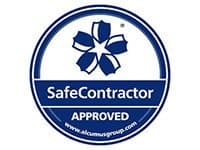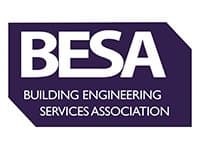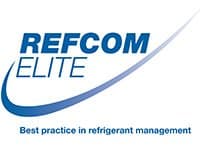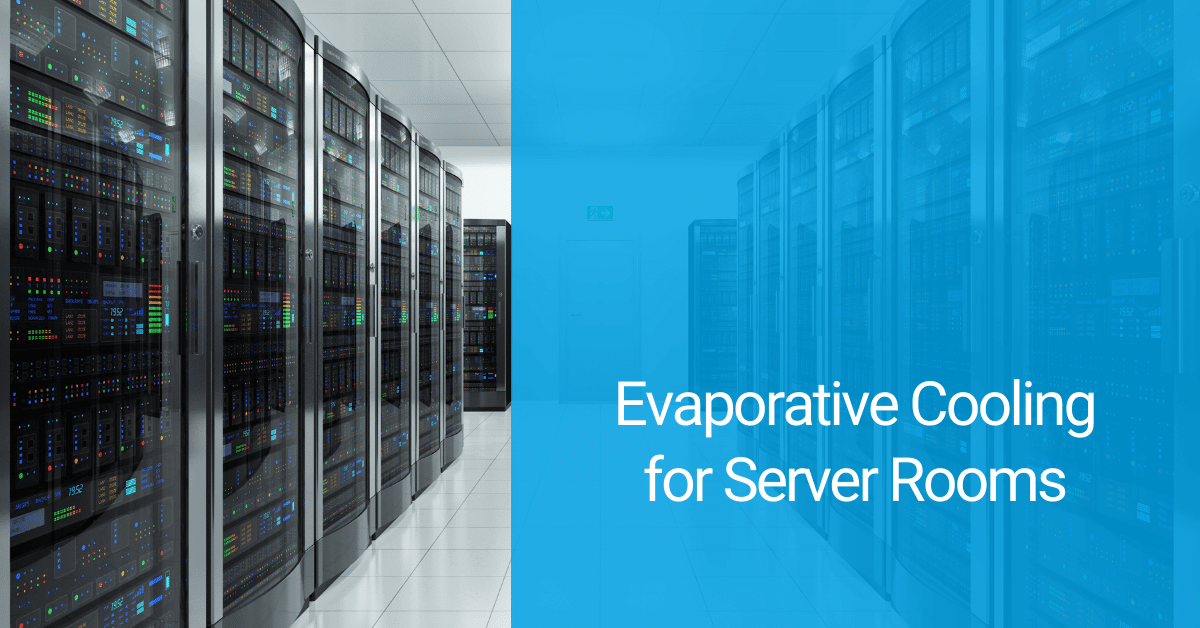
One of the trickiest things about server rooms is the amount of heat they generate. If you think about the heat that can come from a single computer tower then multiply this, you get some ideas about the heat created. But one of the best ways to handle the problem is with evaporative cooling for server rooms. Let’s look at what this is and how it works.
What is server room cooling?
Server room cooling is the use of one of several types of system that can reduce the temperature within a server room to a more manageable level. These systems are designed to help managed variable temperatures outside and ensure that servers don’t overheat and stop working.
Why do server rooms need cooling?
There are two main reasons why server rooms need cooling. The first is that if the server becomes too hot, they don’t work as efficiently and this slows down all the processes operating from them. There’s even the outside risk of fire if other materials in the room become too hot.
The other reason for cooling is if people are working in the room, even for short periods of time. The heat levels can quickly be dangerous for a person and that’s why cooling is needed to make sure it is safe to be in the server room.
How cool should a server room be?
Working out the ideal temperature for a server room depends on lots of factors but there are some general ideas. Ideally, a server room should be between 50 and 82 degrees F (10-27 degrees C) with an optimal temperature between 68-71 degrees F (20-22 degrees C).
But there are lots of factors that play into this to make the decision about what the ideal temperature should be. These can include:
- The floor area of the room
- If there are any windows, where they are and if they have blinds
- How many people use the room
- How much heat is generated by equipment
- How much heat is generated by lighting
When air conditioning experts work out how to cool a server room, these are some of the key factors they use in making their calculations.
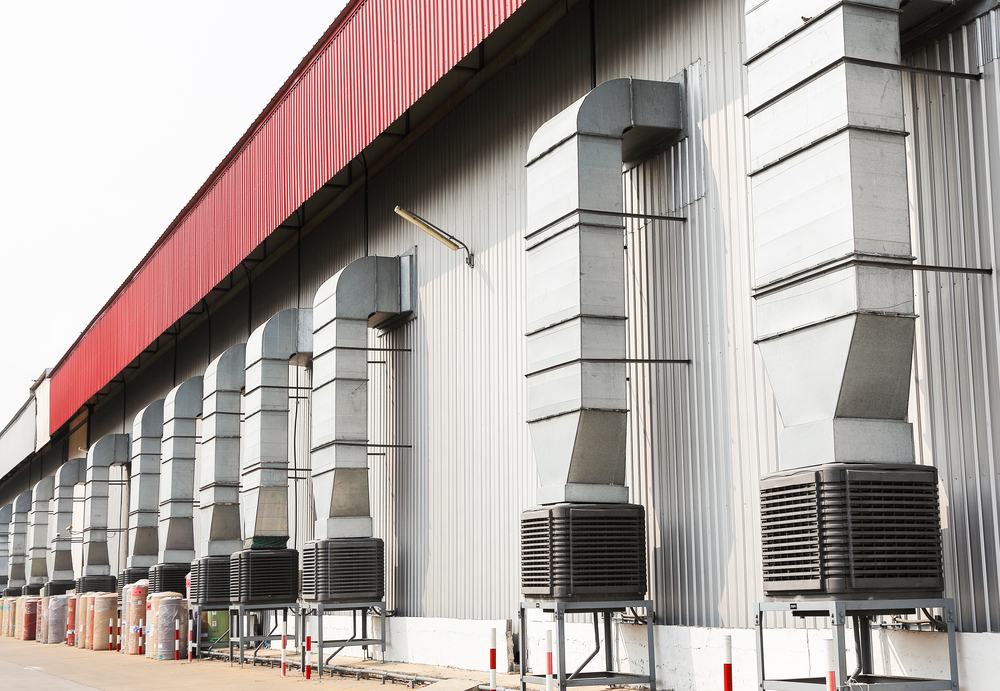
What is evaporative cooling?
Server room evaporative cooling is one of the newer systems to use to solve the problem of overheating server areas. It works on a concept that is much older and simpler. In hot climates, they cool a room by hanging a wet sheet in a well-ventilated area. This cools the air and makes the room cooler with it
It also helps with offsetting the other big use when it comes to server rooms – the amount of electricity that they use. The IT sector is said to have as big a carbon footprint as something like the aviation industry and a lot of that use is due to server rooms and cooling them. Therefore new ways to cool these rooms need to be less energy-intensive as well as more effective.
This is where evaporative cooling comes in. It can cool a server room with much lower electricity useable so that these spaces can be kept at a safe and even comfortable temperature. While at the same time, the carbon footprint for the business can be reduced by lowering electricity use – which also saves money.
How are Server Rooms cooled with evaporative cooling?
There are two main ways that server room evaporative cooling works.
The first is to lower the air temperature by passing the air across wet cooling pads. This allows the air to evaporate and cools it, reducing the temperature in the server room accordingly.
The other way is to mix recycled warm air with fresh air from outside that is much cooler. This is used in the winter and the cooler air is then pumped into the server room to reduce the temperature while also reducing energy consumption.

Pros and cons of evaporative cooling in server rooms
There are some solid benefits in favour of evaporative cooling systems that means more businesses are switching to this system.
Better power use
Because these systems are more energy-efficient than other options, they use less power. The improved efficiency of the systems means that it does more with less power use and ensures the server room is maintained at an ideal temperature.
Reduces electricity costs
Not only does this kind of system help reduce the company’s carbon footprint but actually saves money. Everyone wants lower utility bills, even in business and switching to this kind of system can help with that.
Improves green credentials
At a time when more pressure is being placed on businesses to be eco-friendly, environmentally conscious and reduce their carbon footprint, any switch that helps with this is a good one. It improves the company’s green credentials and could even help win contracts from other companies that are making a major stand on the issue.
No dangerous refrigerants
Another benefit is that these systems don’t use dangerous refrigerants that are commonly seen in most CRAC systems. These are bad for the environment, can be dangerous if they leak and have to be constantly maintained by a professional. While evaporative systems still need maintenance, there is less risk involved.
Are there any downsides?
There are a few odd situations where this kind of cooling solution isn’t best. If the server centre has problems with overly humid air, this can cause issues. Anything over 70% humidity can lead to condensation on surfaces and problems with equipment.
If the location is one where the air is always quite cold, they may not be the best option. However, the use of something like free air cooling can work well in these locations.
Evaporative cooling solutions from TEK
Evaporative cooling for server rooms is an ideal solution here in the UK. We don’t duffer from extremes of cold or humidity that might make the system less effective. Therefore businesses can benefit from the use of a system that saves money, electricity and their carbon footprint.
If you are ready to upgrade your server room cooling system, contact TEK today to arrange a personalised meeting and quote.


